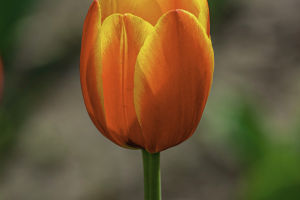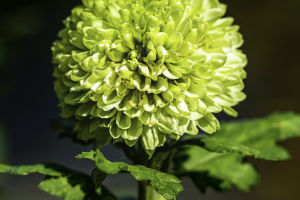Sansevieria Overview
Sansevieria, or Tiger orchid, is a herbaceous plant from the Asparagaceae family, genus Sansevieria. Its leaves are basal, resembling rugged leather in texture, erect, somewhat flat, and lanceolate in shape.
It bears racemose inflorescences with white or light green flowers clustered in groups of 3 to 8. The berries have a diameter of approximately 7 to 8 millimeters. It is drought-tolerant, prefers warm sunlight, can tolerate shade, and dislikes waterlogging, thriving in well-drained sandy loam soil.
Caring for Sansevieria:
1. Light:
Sansevieria is generally placed in shaded or semi-shaded areas but prefers sunlight. However, excessive light can cause the leaves to darken or become pale.
For potted Sansevieria, they do not require intense light, just relative sufficiency. Sansevieria grows well under adequate light conditions, except during peak summer when direct sunlight should be avoided. In other seasons, they should receive ample sunlight. When transitioning indoor potted plants to sunlight, it's advisable to acclimatize them gradually to prevent leaf damage. If indoor conditions don't permit, placing them near a sunny window is also suitable.
2. Temperature:
Sansevieria prefers warm temperatures. The optimal range is 18 to 27 degrees Celsius, and growth stops below 13 degrees Celsius. During winter, temperatures should not remain below 10 degrees Celsius for extended periods, as it can lead to rotting of the plant base and eventual death.
3. Watering:
Watering should be moderate, avoiding over-watering. Sansevieria is a desert plant capable of withstanding harsh environments and prolonged drought conditions.
Over-watering can cause the leaves to turn white and lose their color. They thrive with ample watering from spring to autumn when actively growing. During the dormant period in winter, watering should be reduced to keep the soil dry, and water should be directed away from the leaf clusters. Avoid water accumulation in decorative pots with poor drainage to prevent rotting of the lower leaves.
4. Fertilizing:
Fertilizing should be done in moderation.
During the growing season, fertilize once or twice a month with a small amount of fertilizer to avoid darkening of the leaf markings, typically using a balanced fertilizer. Alternatively, bury 7 to 10 mature soybeans in three holes around the pot's soil edge, ensuring they do not touch the roots. Stop fertilizing from November to March of the following year.
5. Soil:
Sansevieria is not picky about soil. It can grow normally even in small soil volumes, preferring loose sandy and humus-rich soil, resistant to drought and infertility. They thrive even when the pot is crowded. Repotting is typically done every two years in spring using standard compost.
Notes:
Watering should be moderate to avoid excessive moisture, as Sansevieria is a desert plant.
Over-watering can lead to loss of color. During the growing season from spring to autumn, ample watering is required. In winter, during the dormant period, water should be limited to keep the soil dry and prevent rotting. When using plastic or poorly draining decorative pots, avoid water accumulation to prevent rusting of the lower leaves.
Fertilizing should not be excessive. During the growing season, in small amounts, apply fertilizer once or twice a month. Long-term use of only nitrogen fertilizer can cause the leaf markings to darken, so a balanced fertilizer is recommended. Alternatively, burying soybeans around the pot's soil edge can provide nutrients. Stop fertilizing from November to March.


